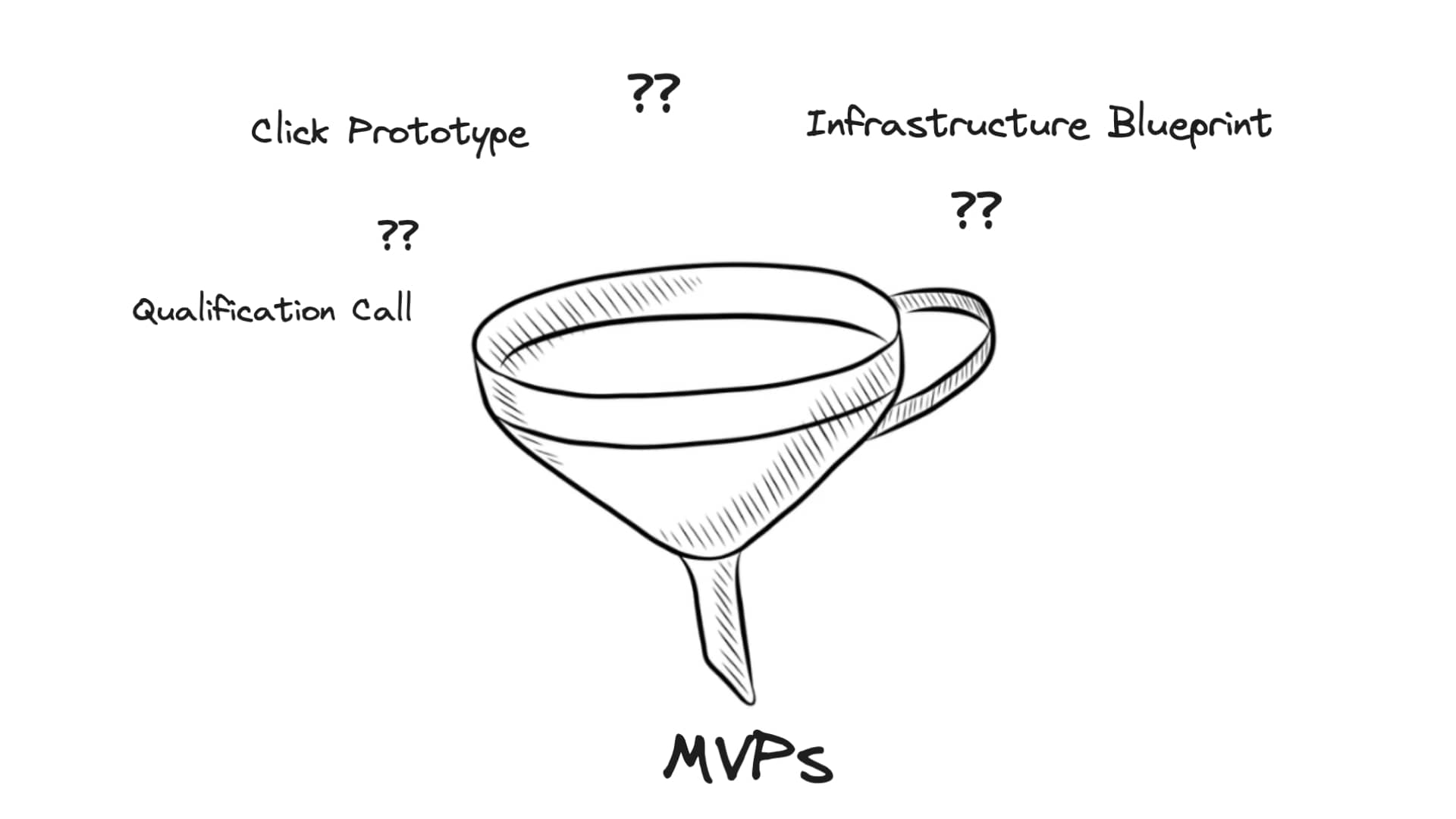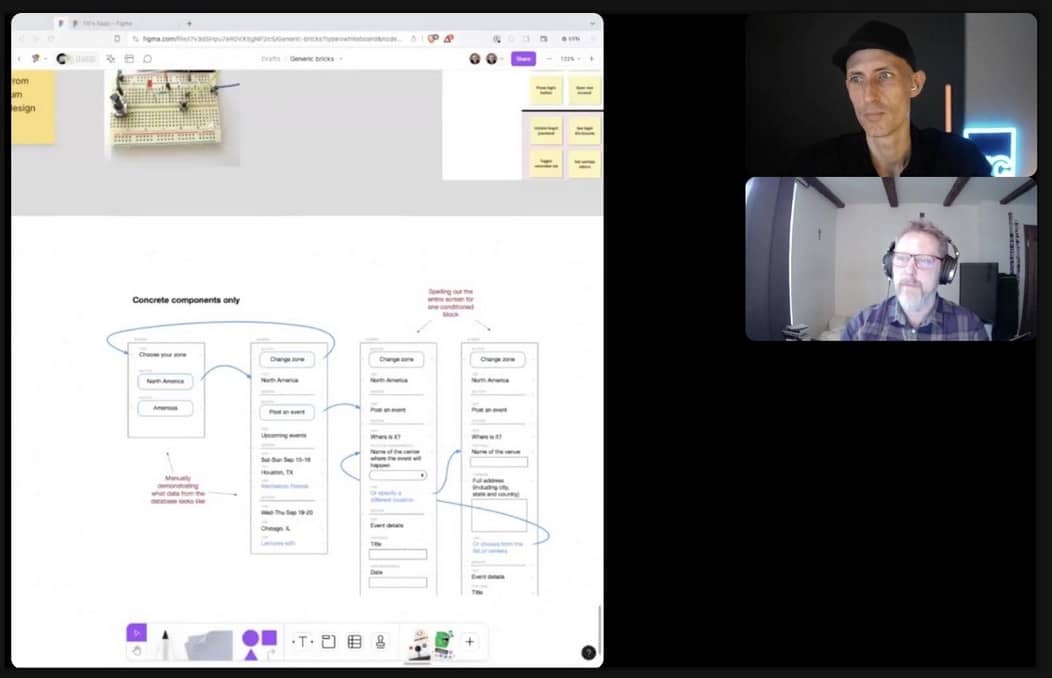How to respond to a project request (Simple Agency Funnel)

A person in my network reached out. He got an inquiry to create an MVP. He doesn’t run an agency, but he has the technical skills to pull it off. So I coached him through the next steps. And in this blog you’ll see a refined version of what I told him (minus details about the exact inquiry).
My name is Till Carlos and I help product owners make better technical decisions. Today we talk about a simple client onboarding funnel for freelancers and small agencies.
We also found out some caveats of this project. It was actually technically too big for an MVP. So I added a couple of things he can apply to ensure the buyer is actually ready to invest in this.
Step 1: Initial Inquiry
It all starts with an inquiry, usually through a website or personal introduction. This is your first touchpoint with the potential client.
Step 2: Qualification Call (1 hour + 1 hour prep)
- Research similar products
- Understand the user persona and client’s reach
- Explore technical requirements and potential APIs
Pro tip: Record the call (with permission) to focus on the conversation rather than note-taking.
Step 3: Infrastructure Blueprint (2-5 hours)
Create a technical sketch or slideshow outlining:
- Technology stack
- Expected load capacity
- Overall architecture
This can be a paid deliverable, potentially credited towards the project if they proceed.
Step 4: Breadboarding Session (1-4 hours)

Use simple shapes to define user flows for each system user. This technique helps:
- Minimize time spent on UX/wireframe design
- Allow for quick iterations based on client feedback
Step 5: Click Prototype (Optional)
If the client needs something tangible to show potential buyers:
- Build a front-end only version
- Deploy to a staging environment for easy access
Step 6: MVP Development
- Work in short iterations (1-2 weeks max)
- Demo progress regularly
- Get client acceptance on each feature
Step 7: Final Delivery and Ongoing Work
- Get final payment upon MVP completion
- Transition to time and material billing for ongoing work
Key Takeaways
- Offer paid deliverables (like the infrastructure blueprint) to build trust and commitment.
- Use breadboarding to quickly iterate on ideas without getting bogged down in design details.
- Regular demos and client acceptance prevent misalignments at project end.
- Be prepared to guide clients who might be attempting projects too large for an MVP.
What’s your experience with onboarding new clients for MVP projects? Have you used any of these techniques? Let me know in the comments below.
Want more insights on effective software development? Check out my YouTube channel where we dive deep into these topics and more.
